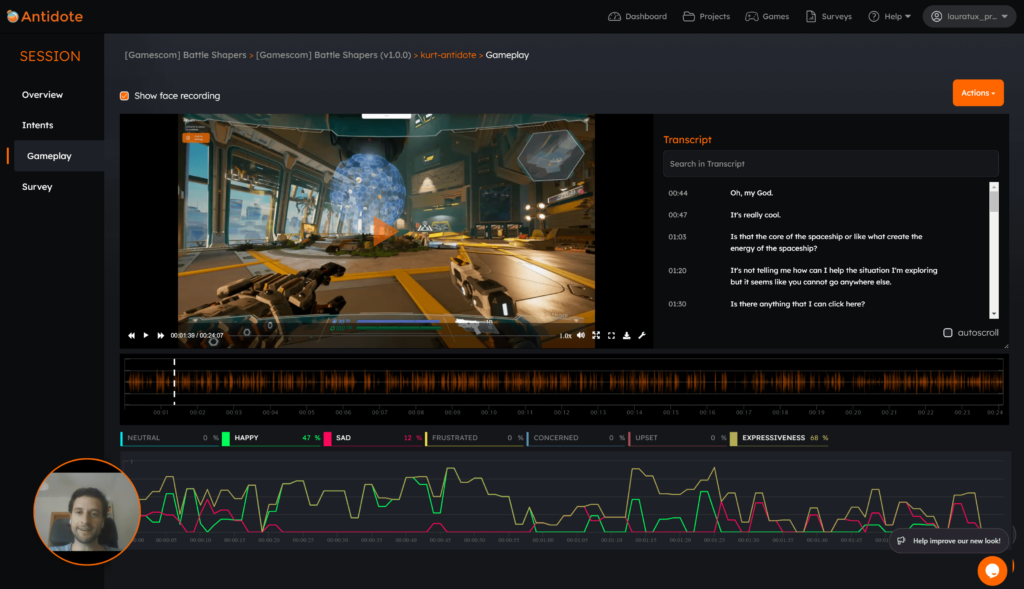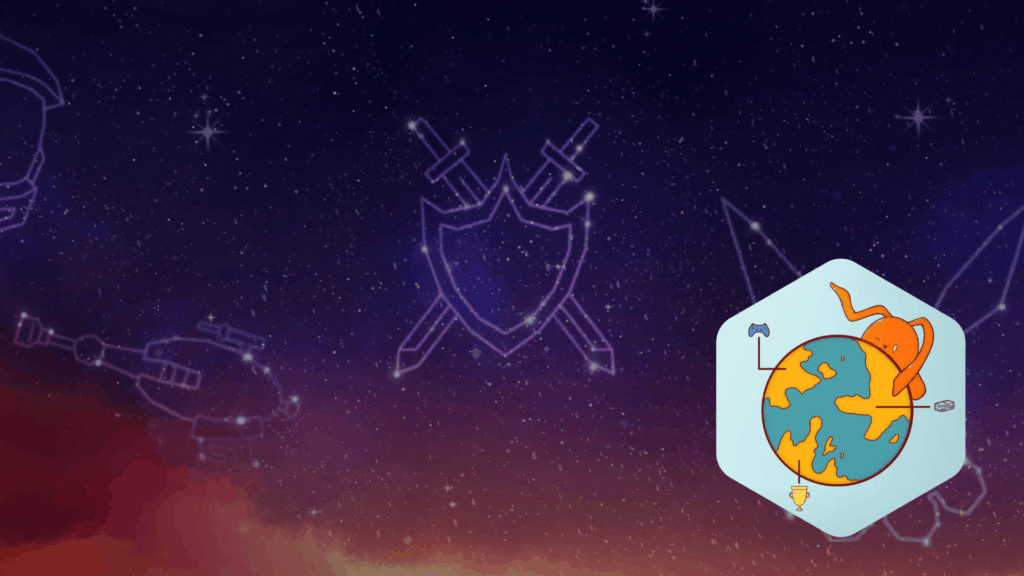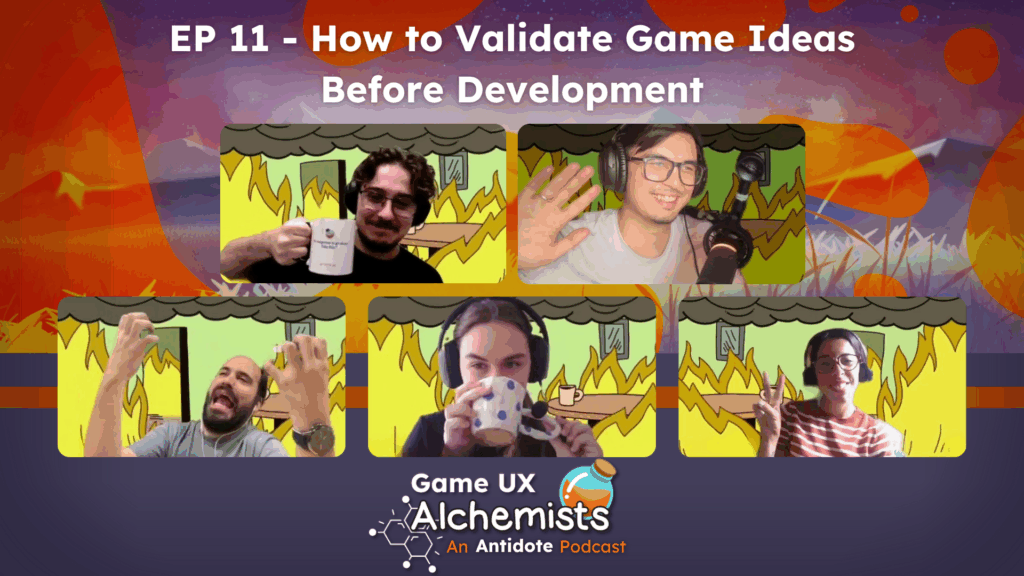Watch the full episode: Player Creativity in Gamification (Game UX Alchemists Podcast)
In this episode of Game UX Alchemists, we were joined by a special guest to discuss a unique form of player creativity: the gamification of the game itself.
We sat down with Guido, a UX researcher based in Buenos Aires, to talk about what that really means. From mods to speedruns, communities often reshape the rules, extend the lifespan of games and sometimes even outshine the developer’s original vision.
In case you’re short on time, here are the highlights
Players as Co-Creators
A lot of studios underestimate how involved players get with their games.
They’re constantly tweaking, experimenting and building on top of the experiences studios release. Sometimes it’s as simple as suggesting a feature that makes its way into an update. Other times, it’s whole communities setting up tournaments, inventing new ways to compete or creating their own rules that give a game fresh life.
For example, Guido shared an example from his work with Preguntados (trivia title). They discovered players had formed WhatsApp groups with 80+ members organizing their own tournaments. These weren’t official events, players created their own competitive ecosystem within the game.
The gaming community has a unique willingness to help improve products, something rare in other industries. When players invest time giving feedback, they become emotionally attached to the game’s success.
Speedrunning as Deconstruction
Speedrunning is one of the clearest examples of players redefining a game.
The core concept of speedrunning is to complete the game (or level) as fast as possible.
But it’s also about breaking a game down to its raw systems.
While designers create linear experiences from point A to point B, speedrunners completely ignore this structure. They skip tutorials, break through walls and create entirely new objectives within the same game mechanics.
For UX researchers, this is fascinating.
It reveals how players can interact with games in ways no one planned for.
- A cutscene that was supposed to set the tone? Skipped
- A “hard” level? Broken wide open with an unexpected shortcut
Guido’s research into speedrunning communities uncovered something important. These players aren’t just breaking games for fun.
They’re creating new games within existing frameworks. The core mechanics remain, but the feedback loops and objectives change completely.
Games as Toolboxes
Some games succeed because of the freedom they give players.
Think Minecraft, Garry’s Mod, or Zelda: Tears of the Kingdom.
These games provide systems (physics, crafting, building etc.) that act like toolboxes instead of strict scripts. Players then use these systems like LEGO bricks to create, destroy and reinvent.
That flexibility creates infinite replayability. When players are given room to experiment, they come up with new ways to play that even the developers never imagined.
Hence, solely focusing on traditional metrics focused on progression and completion rates can miss a huge part of player engagement. Some players find value in creativity and experimentation rather than beating levels or earning points.
For studios, that means a game doesn’t just live for one cycle, rather it grows with the community, sustaining engagement for years or even decades.
What This Means for User Research
Too often, stakeholders want players to follow specific paths and complete predetermined actions. But real player behavior can be messier and more creative.
When players skip tutorials or ignore intended mechanics, it’s not necessarily a design failure. It might reveal that your game systems are rich enough to support multiple play styles. The question becomes: are you designing for the players you want or the players you actually have?
Creativity in games is hard to measure, but it’s becoming increasingly important for long-term engagement. Players who can express themselves within your game become more invested in its success. They transform from consumers into collaborators.
The gaming industry is unique in how willing players are to contribute time and effort to improve products. Understanding and supporting this impulse can turn your audience into your biggest advocates.
But it requires accepting that once you release a game, you’re sharing ownership with the people who play it.
This shift from controlling player behavior to facilitating player creativity represents a fundamental change in how we think about game design and research.
The most successful games of the future will likely be those that master this balance between structure and freedom.
We hope you enjoyed this week’s episode. Special thanks to Guido for joining us and sharing this thoughts 😊




